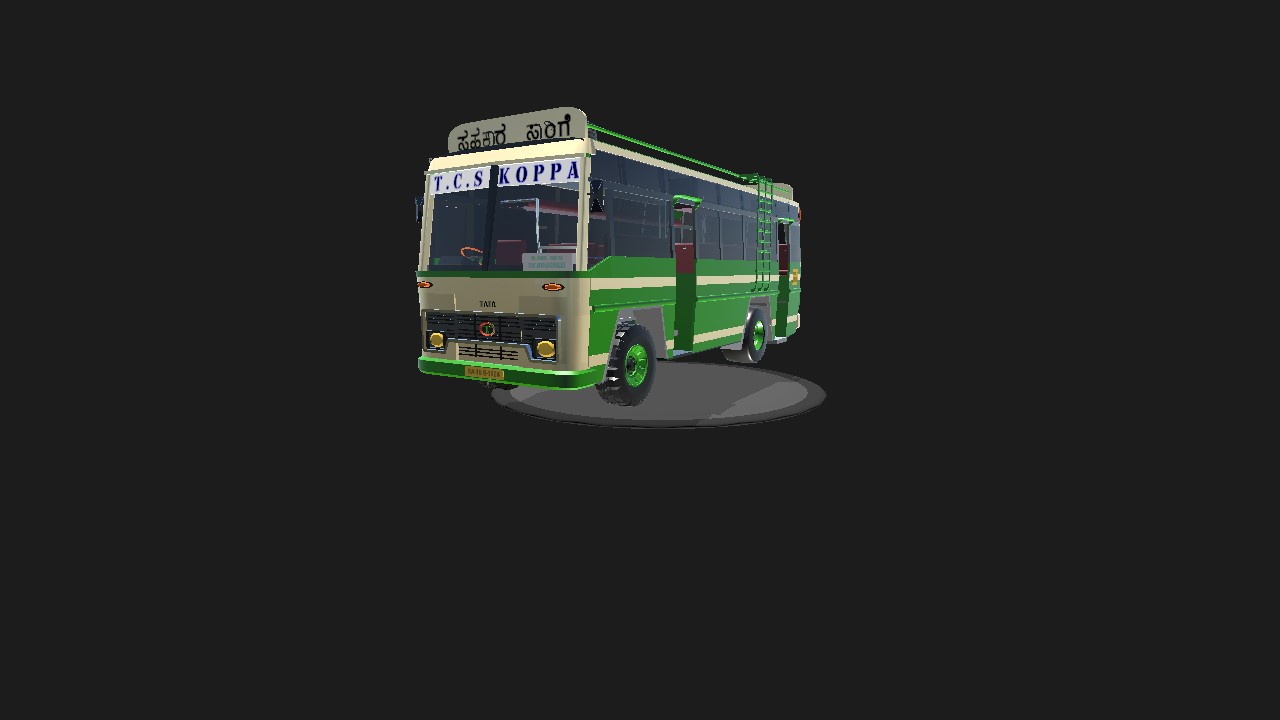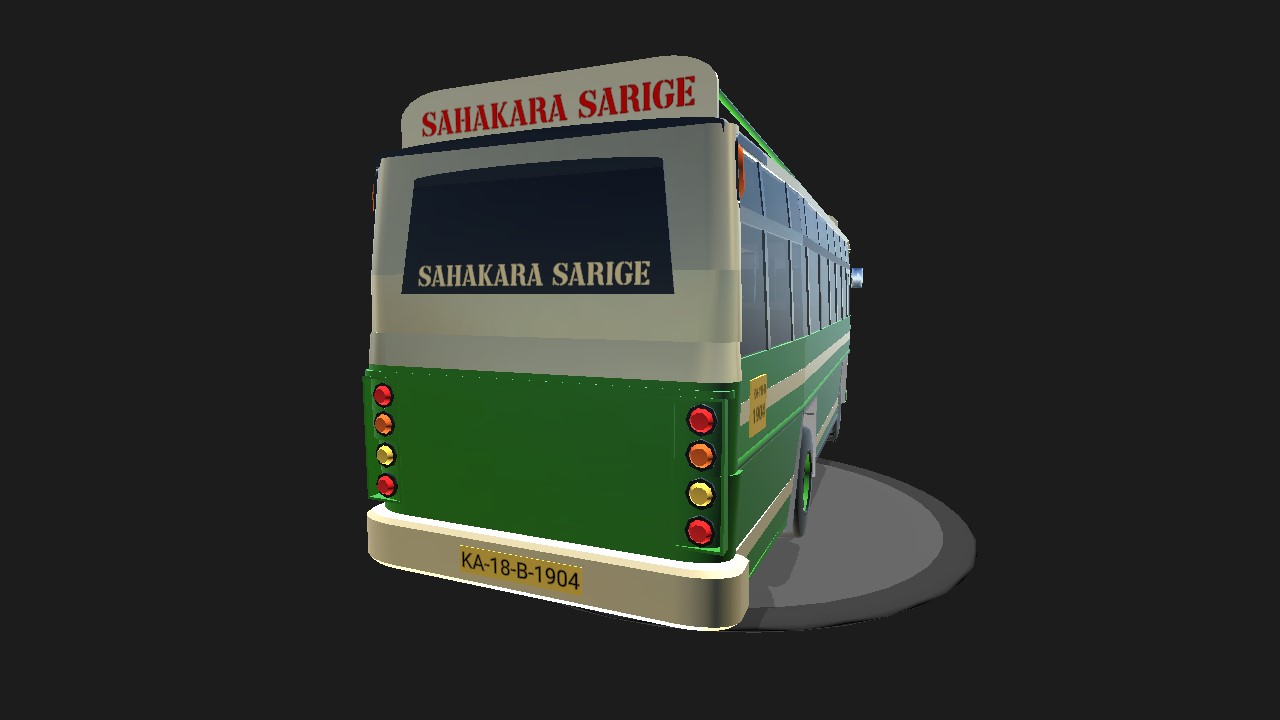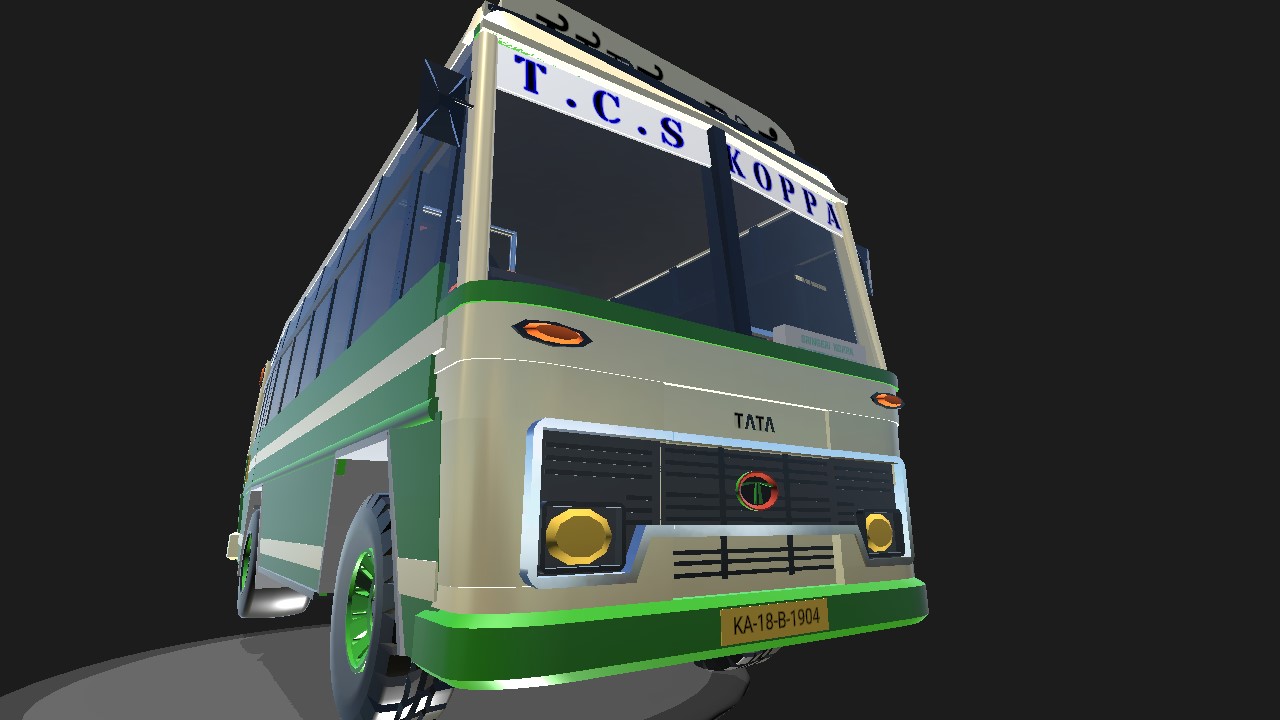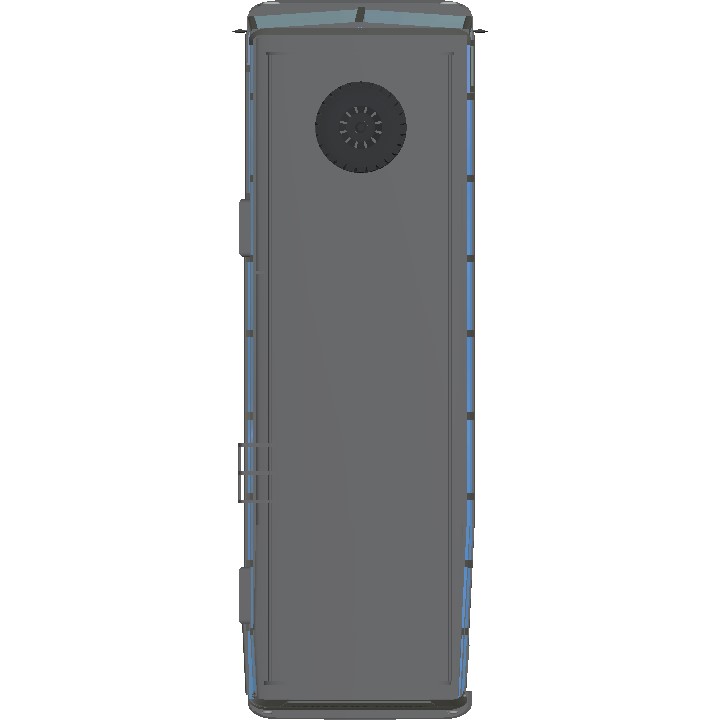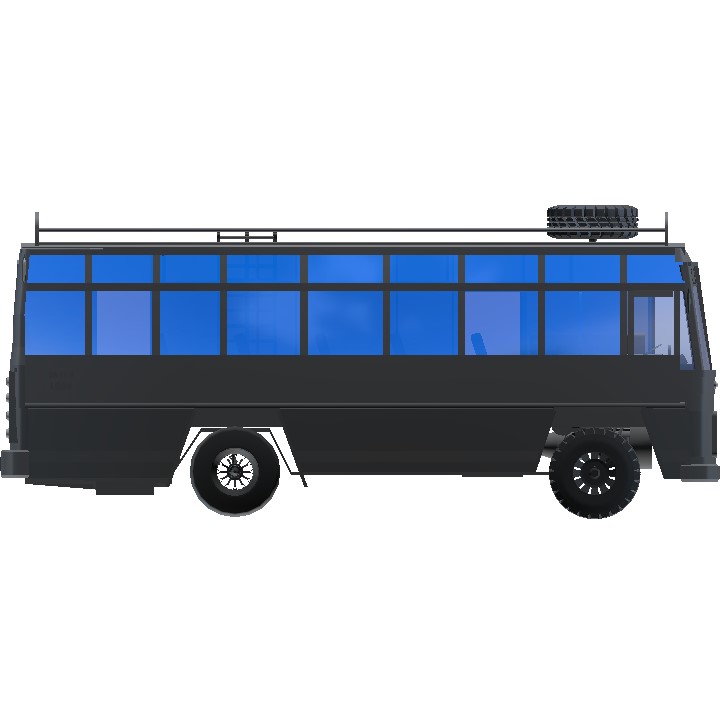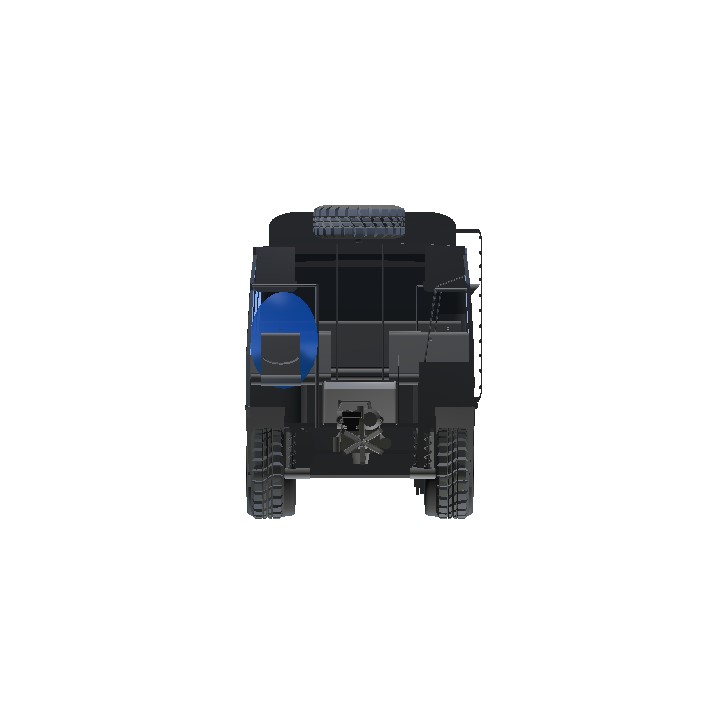About SAHAKARA SARIGE [Transport Co operative Society-TCS] Ltd. KOPPA:
That was a windswept Friday evening on 8th March 1991 and the future of hundreds of workers was carved with toil and determination. Outside the society a crowd of townsfolk had gathered; some just to gawp, others to make fun and to jeer, and a few to watch with a mixture of anxiety and pride - mainly anxiety! Inside, as the shutters were taken down from broken windows of the rented building, a humble society had begun operating two buses for the first time.
So it was that the first little Transport Co-operative Society, Koppa began in 1991. It may have seemed quite insignificant at the time, but it is no exaggeration to say that what happened when the former mechanic Chikke Gowda and other Pioneers set up a Society changed the course of history for hundreds of retrenched transport workers. Now, 10 years later, the Co-operative Transport Society celebrated the decennial of that event and the aim is to show that Co-operatives are as relevant in this millennium as they ever have been.
The case of Transport Cooperative Society, Koppa throws open a new area of inquiry in industrial relations. In March 1991, the Shankar Transport Company (Private) Limited, a well established private transport company of Koppa, in Chikkamagalur District of Karnataka, dismissed its employees, following their demand for a hike in wages. The workers then took the initiative to set up their own transport service. Thus, the Transport Cooperative Society was started in March 1991, with the sole aim of providing livelihoods to the suspended employees. The workers starting a transport cooperative society was an attempt to protect jobs and it undoubtedly reflected a rational accommodation within the constraints of the existing socio political and economic milieu. Initially the workers of Shankar Transport Company explored all possible avenues to get the transport unit run by the existing management. They sought the intervention of the Government and political leaders, but their labour revolt failed to assume political overtones. Finally, the shutdown, a devastating experience, compelled them to constitute action committees to start their own transport cooperative society. A lockout and then a challenging proposal by the then management to take a few buses and run on their own, compelled the workforce to a decisive stand. Thus the Transport Cooperative Society started its operations in the selected routes of Malanadu regions from 8th March 1991.
MIRACLE
When the Transport Cooperative Society started functioning with two buses, nobody including those who started it believed that it would be what it is today. The private company thought that after some time the workers would come back and surrender. The general public thought that the whole exercise might just help a few individuals. But the collective and committed effort of the workers, proved to be much superior to all this. The social networks, trusts and values deep-rooted in the people of India held them together. In ten years the Transport Cooperative is an organisation with a fleet of 60 buses, more than 300 employees and ironically the private transport house that used to exploit them, has closed its operations, not being able to put up with the collective - productive and competitive - might of the workers. But this part of the story, could at best be exiting. What is significant is the change among the workers individually and in their families in terms of access to various socio economic privileges. Unfortunately this company closed it's operations due to over loss and unable to repay it's debts of 1.2 crore INR in 2019.
Specifications
General Characteristics
- Predecessor Car Chassis V3
- Created On Android
- Wingspan 29.1ft (8.9m)
- Length 82.0ft (25.0m)
- Height 36.1ft (11.0m)
- Empty Weight N/A
- Loaded Weight 6,720lbs (3,048kg)
Performance
- Power/Weight Ratio 1.003
- Horse Power/Weight Ratio 0.018
- Wing Loading N/A
- Wing Area 0.0ft2 (0.0m2)
- Drag Points 43309
Parts
- Number of Parts 470
- Control Surfaces 0
- Performance Cost 1,537

